Safety in the workplace is not a luxury, but a necessity. It's about creating an environment where employees can perform their duties without the constant worry of potential hazards or accidents. Among the most critical safety gears is the hard hat - a seemingly simple device designed to prevent head injuries. But why does investing in a quality hard hat make a world of difference? This article takes you on a comprehensive journey to understand the significance of reliable head protection, the transition from traditional hard hats to modern safety helmets, and the latest trends in the safety helmets market. Stick around to learn more about their innovative features and how they're revolutionizing safety standards in various sectors.
Head Injury Statistics in Workplaces
The reality of occupational health and safety is stunning, particularly when we zero in on the prevalence of head injuries in the workplace. Head injuries don't just cause immense physical pain to hardworking professionals, but also potential mental distress, often leading to early retirement or worse. Based on recent data, it becomes essential to acquaint ourselves with the gravity of the situation to promote safer work practices.
Did you know that, according to the 2020 Census data, head injuries account for nearly 6% of all non-fatal occupational injuries? That seemingly small percentage translates to an alarming number of people facing severe health impacts due to a lack of safety protocols at their workplace. Just imagine the ripple effect this has, not just on the individuals directly affected, but also their families, friends, and society as a whole.
When we dig deeper into the statistics, the picture becomes even more distressing. As per the Bureau of Labor Statistics, over 100,000 occupational head injuries are reported annually. This is an unprecedented figure that highlights the urgency of improving safety standards across various industries and professions.
"The numbers highlight the magnitude of the issue, but they fail to fully convey the individual suffering and societal cost attached to each head injury case."
While the raw data on occupational head injuries is stark and alarming, it doesn't capture the full story. For every reported case of a head injury, there are countless unreported incidents and near misses. And, behind each of these incidents are individuals whose lives may be forever altered, and families whose peace may be disrupted.
By understanding the scale and repercussion of head injuries in workplaces, we can strive to create safer work environments. Reducing the number of such injuries is not just an occupational requirement, it's a societal responsibility. Remember, safety is not just about statistics; it's about real individuals and their lives.
Importance of Effective Head Protection
When we think of workplace safety, what comes to mind? Well-fitted gloves? Brightly colored high visibility vests? Advanced machinery practices? Yes, these are all fundamentally important, but one aspect that we often overlook is the importance of effective head protection.
From construction sites to warehouses, from automotive garages to welding shops, the risk of head injury is ever-present, making the use of quality head protection absolutely crucial. In fact, data reveals a chilling reality — around 1,000 workers die from head injuries at work each year in the U.S., and an alarming 84% of workers suffering head injuries were not wearing any head protection at the time of their accident.
Isn't that staggering?
With this in mind, we need to understand the significance of wearing hard hats and other forms of head protection when working in potentially hazardous environments.
The Why Factor
- Injury Prevention: Accidents, unfortunately, happen, and head injuries can be particularly dangerous. Protective headgear, like hard hats, offer resistance against impacts that could potentially cause severe brain damage or even prove fatal.
- Legal Requirements: Regulatory bodies such as the Occupational Safety and Health Administration (OSHA) require the use of head protection in work environments where overhead, falling, or flying objects pose a potential hazard.
- Worker Comfort: Today's head protection gear is not just about safety; it's also about comfort. Many come with cushioned inner linings and adjustable straps for a secure fit, ensuring workers can perform their tasks without discomfort or distraction.
Taking precautionary measures, like wearing a hard hat properly, can protect you and your co-workers from an unwanted and potentially life-threatening accident. To know more about safety protocols, you might want to visit our Safety Tips for Construction Workers.
The message is clear and simple: don't gamble with your safety. Prioritize effective head protection at the workplace. After all, a stitch in time truly does save nine!
OSHA's Shift from Hard Hats to Modern Safety Helmets
Decades on the job site might have you familiar with the quintessential hard hat - a symbol of construction and industrial professions. Yet, times are changing. The landscape of workplace safety gear is undergoing a major evolution, with a clear shift from traditional hard hats to modern safety helmets.
The Occupational Safety and Health Administration (OSHA), trusted advocates for workplace safety, has always possessed a keen eye for efficient safety measures. They evaluate emerging trends, scrutinize the effectiveness, and, when warranted, support innovative strategies to further their mission of ensuring safe and healthful working conditions. In line with this, a significant change was noted recently.
In December 2023, OSHA issued a Trade Release advocating for the use of safety helmets over hard hats in various industries. They suggested that the cutting-edge design of safety helmets, equipped with customizable accessories like face shields and earmuffs, offers superior protection compared to the conventional hard hat.
Not surprisingly, the release garnered massive appreciation and evoked industry-wide changes. It's not just about meeting regulatory requirements or avoiding penalties. It is about saving lives, preventing injuries, and ensuring every worker can return home safe every day.
Let's delve into some of the advantages safety helmets hold over hard hats:
- Better Impact Protection: Safety helmets design prioritizes protection. Most safety helmets come with an internal harness that provides excellent shock absorption and diffuses impact over a larger area, minimizing injury risks.
- Increased Coverage: Traditional hard hats only provide top protection. Safety helmets, on the other hand, encompass the head, providing all-around coverage and additional protection from side impacts.
- Customizable Accessories: Safety helmets offer the possibility to integrate several work tools like safety glasses, face shields, hearing protection, or mounted lights, thereby increasing the worker's efficiency while maintaining safety.
- Comfort and Stability: Safety helmets typically fit more securely and comfortably on the head. A comfortable fit encourages workers to wear their protective gear correctly, which is essential for maximum protection.
Change, while sometimes challenging, often leads to substantial progress. The shift from hard hats to safety helmets represents such progress. It underlines the significant strides we've made in technology and design, placing worker safety at the forefront, beyond mere compliance. So as we set our sights on the future, let's move confidently towards a safer and more secure work environment, harnessing the power of innovation, one safety helmet at a time.
Economic Outlook of the Safety Helmets Market
As we tread into the future, guaranteeing the safety of our workers is of utmost priority. This factor alone showcases the potential prosperity mapped at a global level for the Safety Helmets Market. Let's delve into a detailed examination of the market, commencing with the global outlook before focusing on the Construction Safety Helmets Market.
The Global Safety Helmets Market
Safety helmets are projected to play a critical role in diverse sectors ranging from construction to mining and from manufacturing to transportation. The market for these life-saving commodities is rightly set on an upward trajectory. It is expected that the Global Safety Helmets Market will grow from a formidable USD 4.65 billion in 2023 to a staggering USD 9.06 billion by 2032.
Several facets feed into this expansion:
- Technological advancements: A steady stream of helmet innovations is hitting the market, with features like smart sensors and augmented reality.
- Strict regulatory environment: Governments worldwide are ratcheting up safety requirements, making helmets compulsory in many sectors.
- Increasing awareness about workplace safety: Businesses are getting more conscious of workplace safety, driven in part by the desire to avoid litigation.
These driving factors ensure the global safety helmets market is striding confidently towards the future.
The Construction Safety Helmets Market
Additionally, a special mention must be made for Construction Safety Helmets; their market game is on a boom. As the world continues to embrace infrastructural expansion, the imperative of construction safety cannot be overstated. From USD 984.42 million in 2023, this market segment is expected to flare up and reach USD 1.65 billion by 2031.
As construction companies worldwide become more attuned to the importance of their workers' safety, the demand for safety helmets is undoubtedly expected to spike. A vast majority of construction injuries involve head traumas, emphasizing the need for durable and reliable safety helmets.
Moreover, leading global companies are also investing in technologically equipped helmets to improve workers' safety and productivity, contributing overall to the flourishing market.
So it is safe to say, the economic future of the Safety Helmets Market, whether on a global platform or within the realm of construction, looks exceedingly bright. This is good news not just for manufacturers and investors, but more importantly, for millions of workers whose lives depend on these protective gears.
Novel Features of Modern Safety Helmets
Safety has advanced leaps and bounds over the past few years, with modern safety helmets being a testament to the exponential growth in protective technology. The technological advancements in these sectors have brought about the development of innovative safety gear characterized by groundbreaking features. In contrast to the standard hard hats of yesteryears, these modern helmets provide superior protection against respective hazards.
Comfort
Comfort is a factor that manufacturers are considering critically when designing contemporary helmets. Construction professionals, for instance, have to wear these helmets for extended periods. The inclusion of padded interiors and adjustable straps provides a snug fit, ensuring that the helmet doesn't shift positions while working. These features also reduce the pressure exerted on the wearer's head, enhancing comfort levels radically.
Communication Features
Communication is essential in highly hazardous environments such as construction sites or mining areas. This truth is what inspired the integration of integrated communication devices in modern safety helmets. Workers can now stay connected and relay information efficiently, reducing the likelihood of accidents due to miscommunication.
Enhanced Protection
The fundamental purpose of safety helmets is protection─ and modern designs have enhanced this factor significantly. With the introduction of advanced materials and technologies, these helmets can now shield the wearer against multiple hazards, such as falling objects, electrical shocks, and UV radiation. What's more, the helmets boast improved sturdiness and durability, promising protection that is not just reliable, but longstanding.
Visibility Features
Enhanced visibility is a key feature in modern safety helmets. With built-in LED lights and high-visibility colors, these helmets ensure workers are easily noticeable even in low-light conditions. This attribute reduces the chances of collisions or accidents due to reduced visibility.
These compelling features of modern safety helmets have played a significant role in the safety transformation observed in various industries. Our earlier article on Transforming Safety in Construction with Improved Rain Gear offers another perspective on this timely topic. The modern safety helmet is an outstanding example of how incorporating technology and innovation into safety gear significantly improves worker protection. With advancements like these, we step closer to ensuring safer environments in industries marked by high risk.
Conclusion
In this rapidly growing world of industrialization, advocating for safety at the workplace has become an essential aspect of our everyday lives. And an investment in a quality hard hat not just ensures safety, but gives a peace of mind that, as a user, you are protected against injuries that can potentially be life-altering.
Just like how a hard hat guards your head, another integral piece of safety gear that extends unparalleled protection is the chainsaw safety pants. Add to your line of defense at work and prevent the notorious crotch blowout with Rain Gear Pro's precision-crafted chainsaw safety pants. With every stitch made from the industry's best available materials, these Canadian-made saw pants not only deliver optimal comfort but also ensure longevity offering an astounding resistance against wear and tear.
Finally, safety encompasses more than just preventing injuries. It's about cultivating an environment in which every individual feels secure, where the risk of accidents is substantially reduced. And remember, an investment in safety gear, like hard hats or chainsaw safety pants, isn't just another purchase - it's an investment in tranquility, productivity, and life. Step up your safety game with Rain Gear Pro! Explore our range here.
Frequently Asked Questions
-
Why is investing in a quality hard hat important?
Investing in a quality hard hat is crucial for personal safety as it provides protection against head injuries in hazardous work environments. A high-quality hard hat is made with durable materials, meets safety standards, and can withstand impacts and penetration.
-
What are the key features to look for in a quality hard hat?
When selecting a quality hard hat, consider features such as a sturdy shell, adjustable suspension system for a comfortable fit, proper ventilation, chin strap, and compatibility with additional safety accessories like face shields and earmuffs.
-
How do I choose the right size hard hat?
To choose the right size hard hat, measure the circumference of your head at the widest point, usually about an inch above your eyebrows. Refer to the size chart provided by the manufacturer to ensure a proper and secure fit.
-
How often should I replace my hard hat?
Hard hats should be replaced if they have been subjected to a significant impact or if there are visible signs of wear and tear. Additionally, it is recommended to replace hard hats every five years, as the materials can degrade over time.
-
Can I wear a baseball cap underneath my hard hat?
No, it is not recommended to wear a baseball cap or any other headgear underneath a hard hat, as it can interfere with the effectiveness of the suspension system and compromise the fit and protection provided by the hard hat.



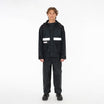
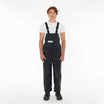

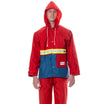
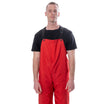
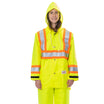
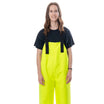
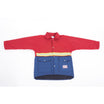
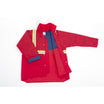

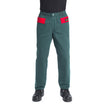
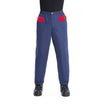
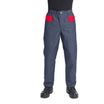
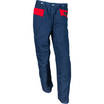
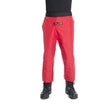
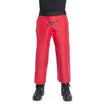
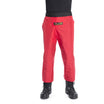
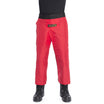

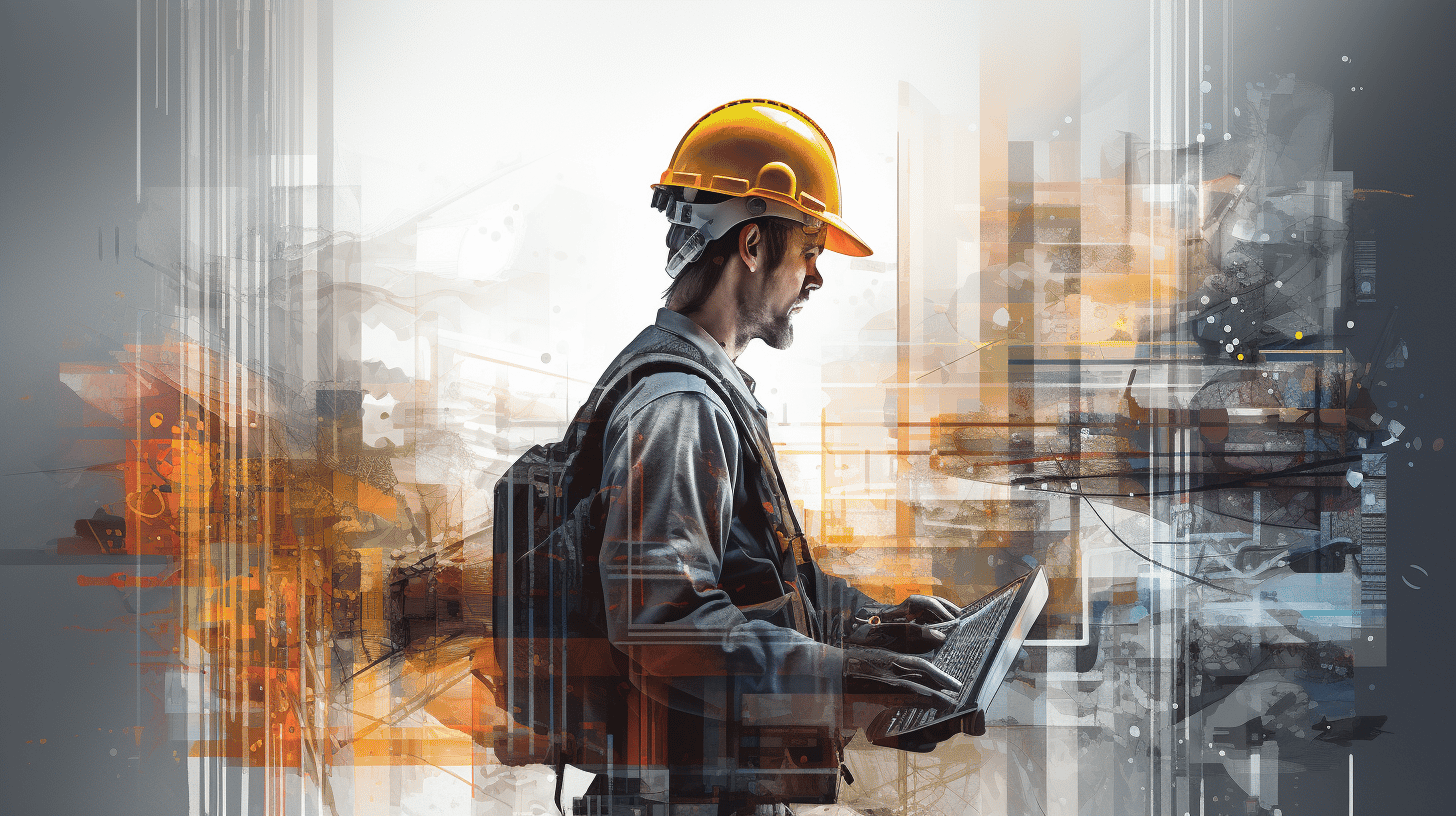
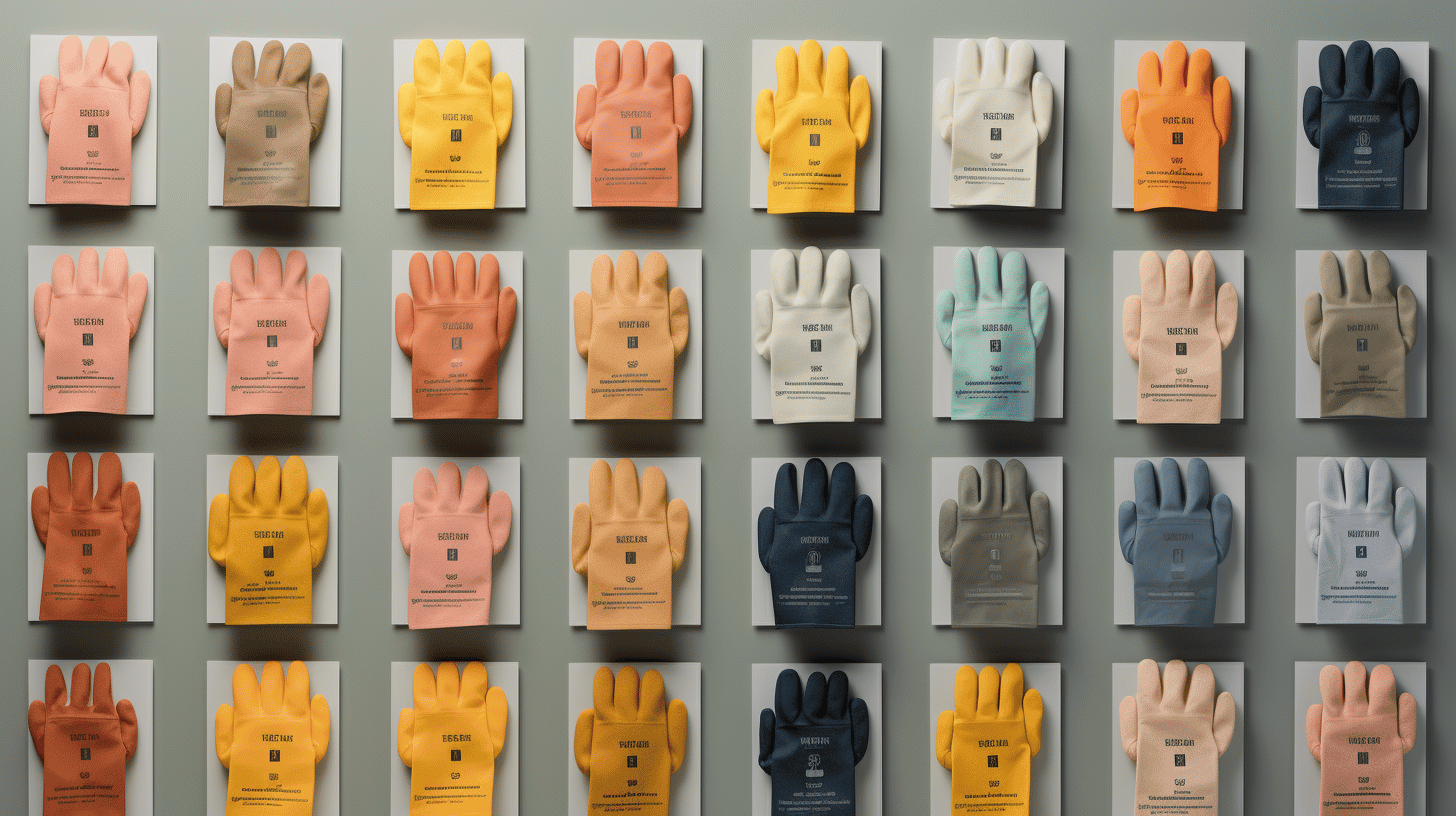
Leave a comment
This site is protected by hCaptcha and the hCaptcha Privacy Policy and Terms of Service apply.